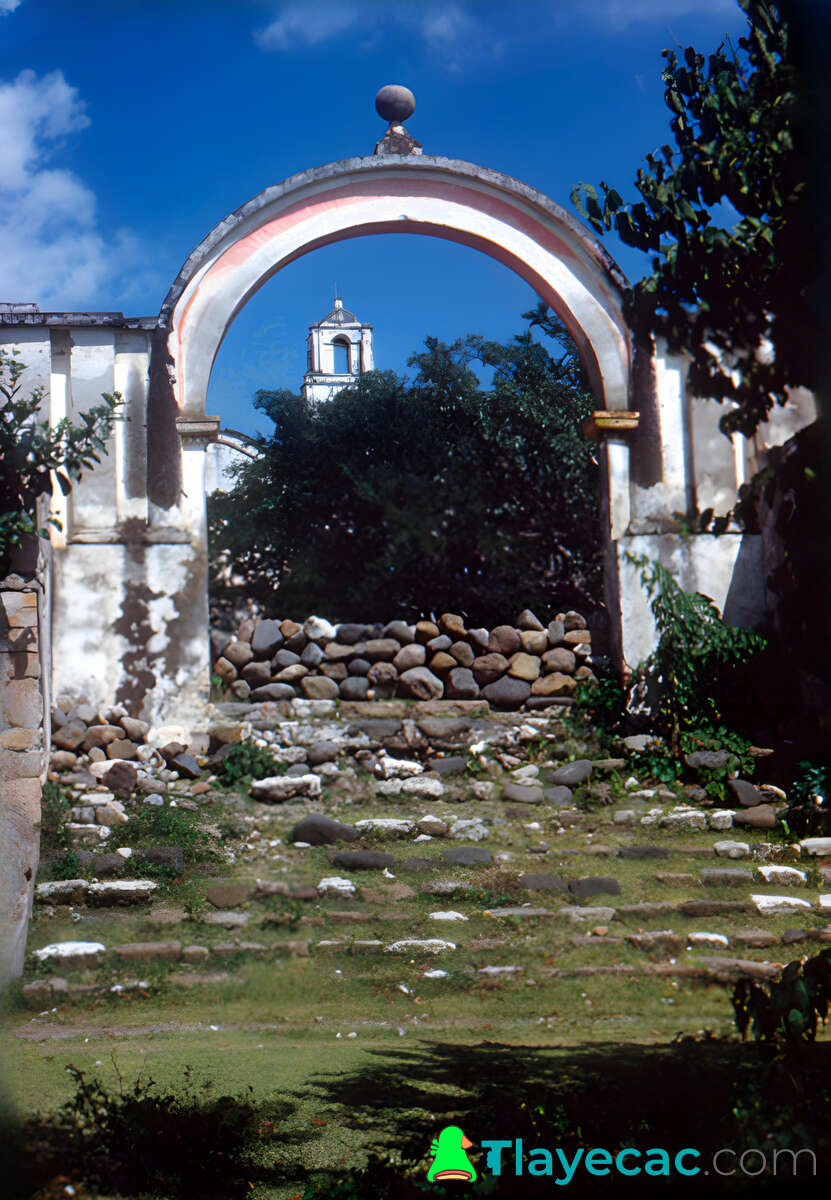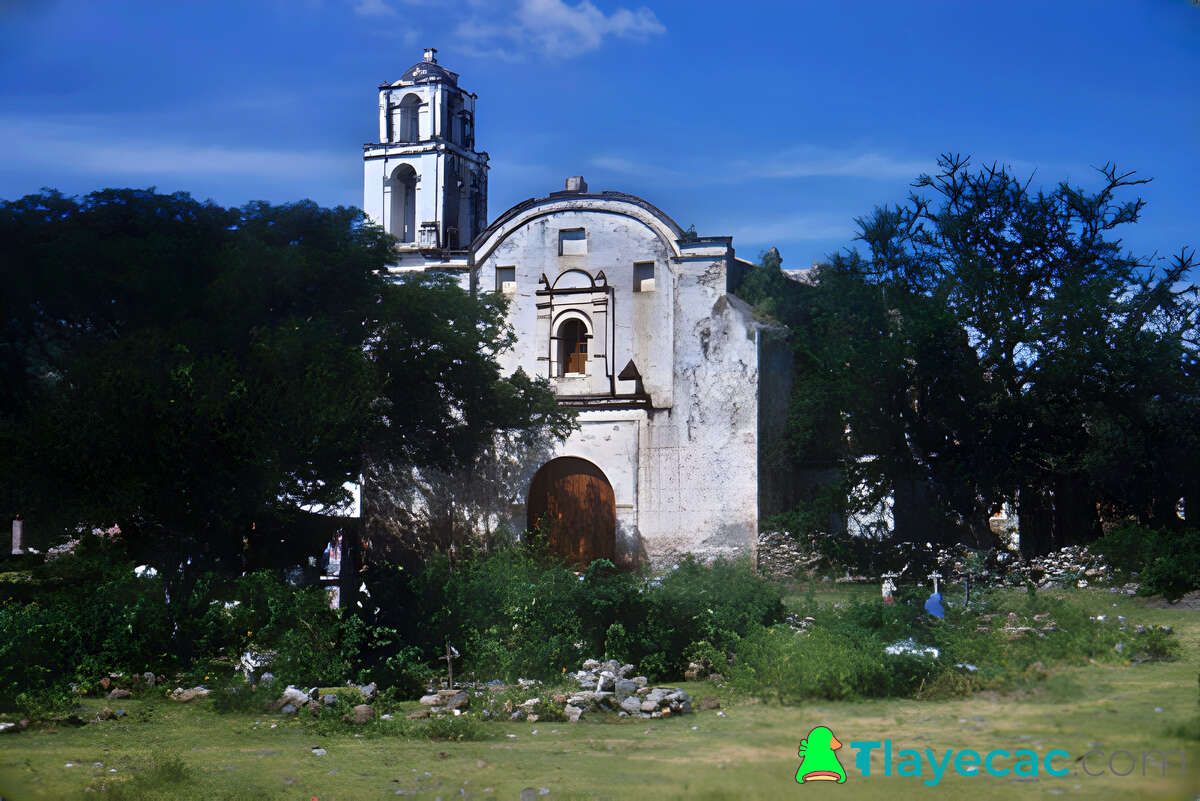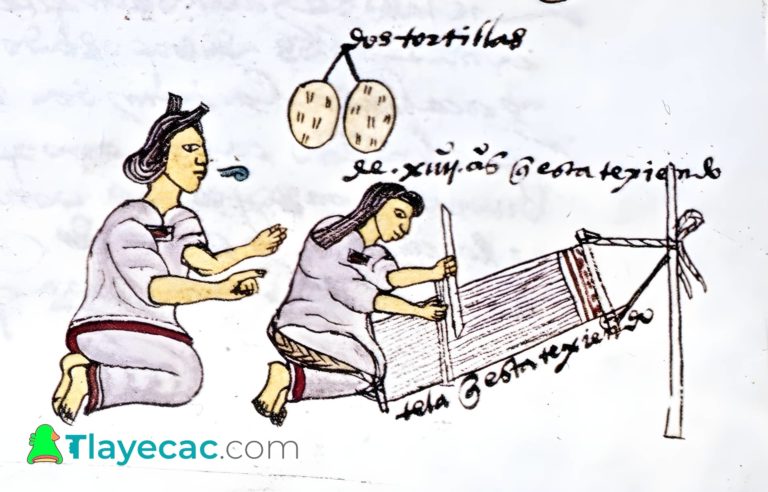The film “Pueblito”, shot in black and white in Tlayecac between 1961 and 1962 by the Mexican director Emilio “el indio” Fernandez, is an important multimedia collection about the life of the town in those years. However, little is known about color images of Tlayecac from before that time. Fortunately, Peter Smithers ‘ donation to the Mexican government in 1999 changed that.
Smithers, a British naval attaché in Mexico, Central America and Panama during World War II, had a passion for photography and gardening. While in Mexico in the 1940s, he made an extensive photographic record of archaeological sites, colonial religious buildings and local landscapes, including Tlayecac. He used two Leica cameras and Ektachrome color film, which was just beginning to be used at the time.

Entrance to the church of Tlayecac in 1951. Photo by Smithers. Photo restoration by Tlayecac.com
Smithers’ donation includes 3,334 color transparencies, some of which are the oldest known color photos of Tlayecac. These photos are of great historical and photographic value, as they show the religious architecture and natural landscape of Tlayecac in the 1950s.
One of these photos, cataloged as “Church, facade, partial view,” shows the partial facade of a church in Tlayecac, with a cross at the top and trees and vegetation in the background. Another photo, “Religious architecture, partial view”, shows details of the architectural decoration shows details of the architectural decoration of a church, with trees and vegetation in the background.
These photos are part of the Peter Smithers Collection – National Photographic Library of the National Institute of Anthropology and History (INAH) and are available in the INAH Media Library. They are a historical and photographic treasure that allows us to appreciate the beauty and cultural heritage of Tlayecac and various parts of Mexico in the 1950s.



